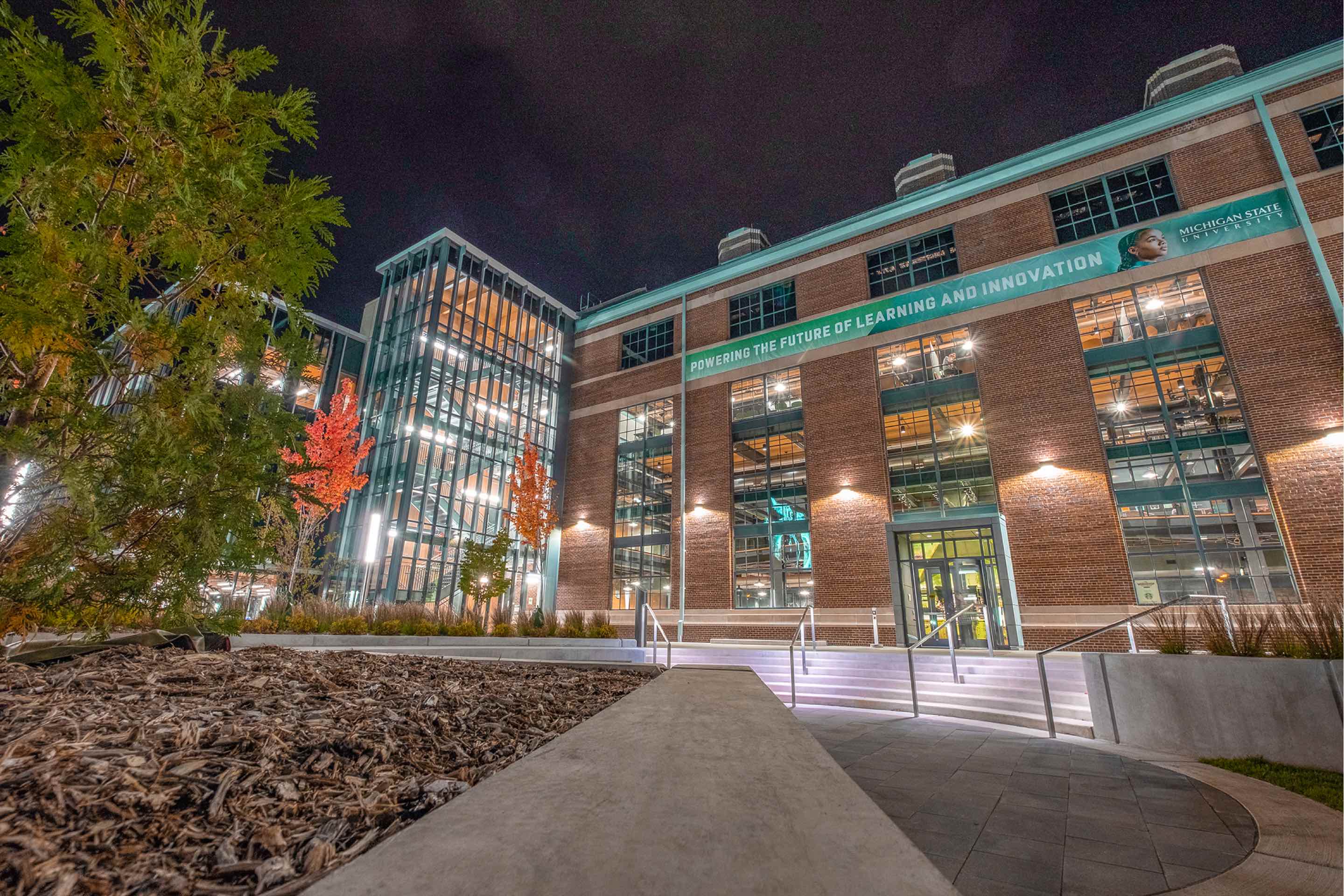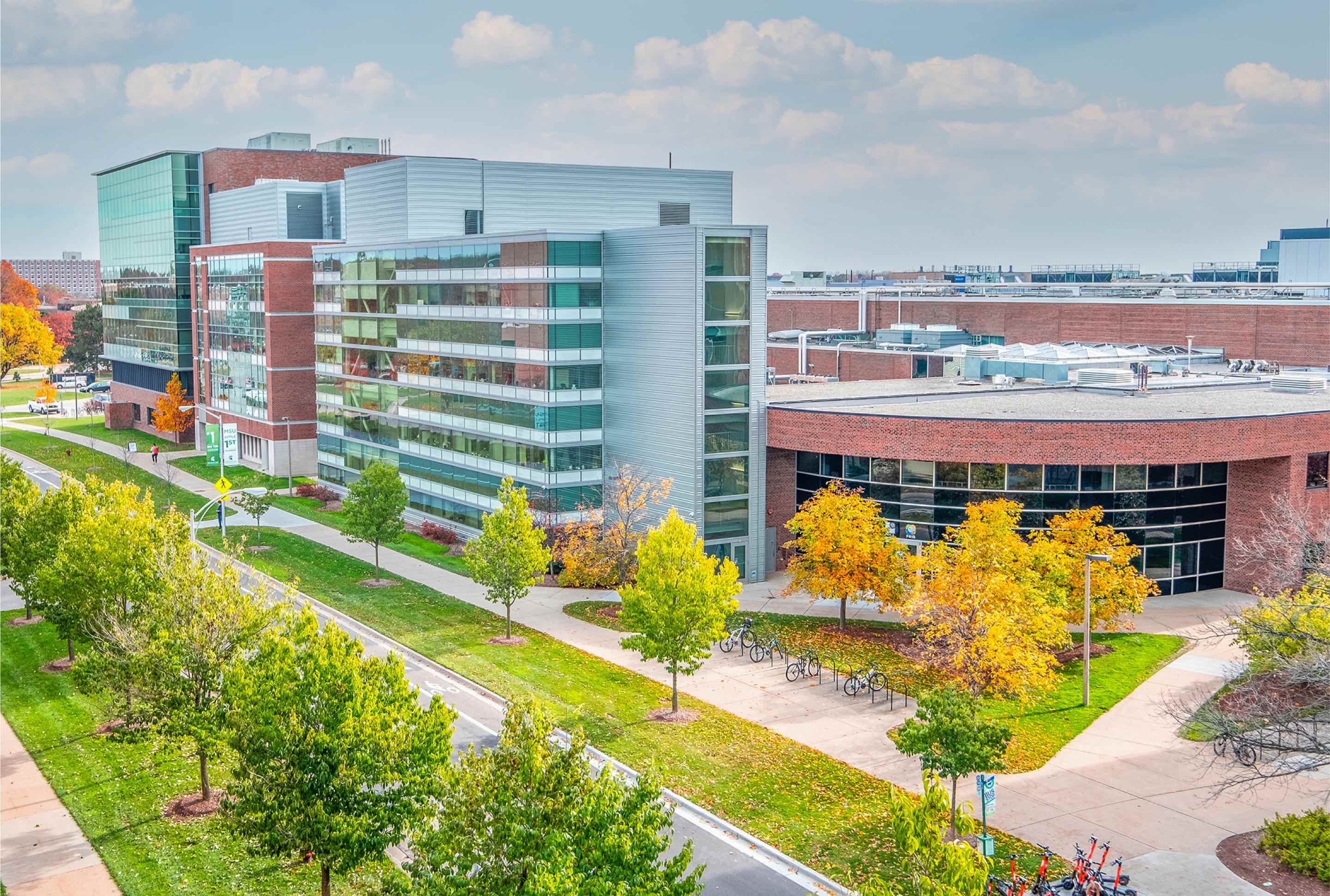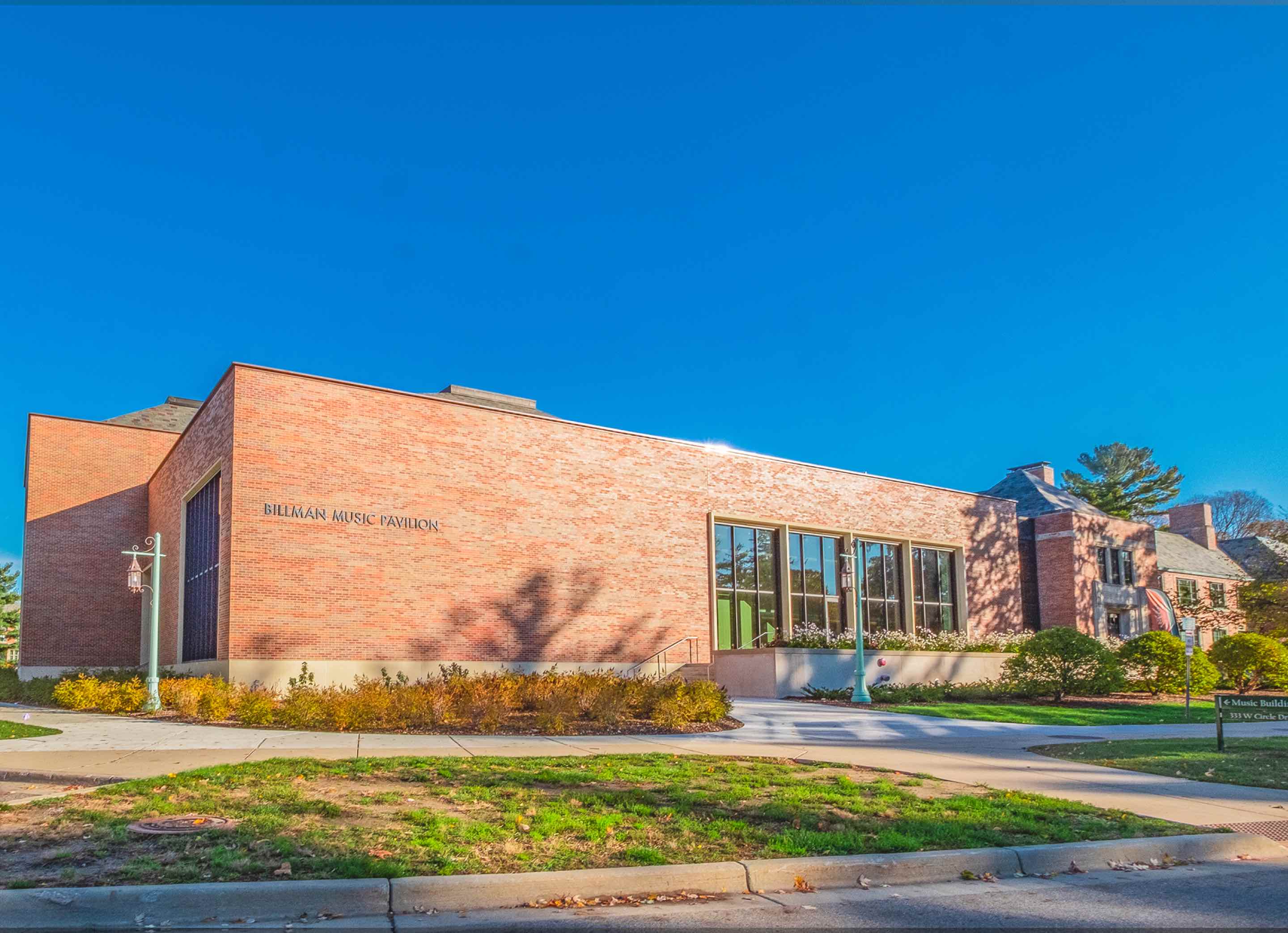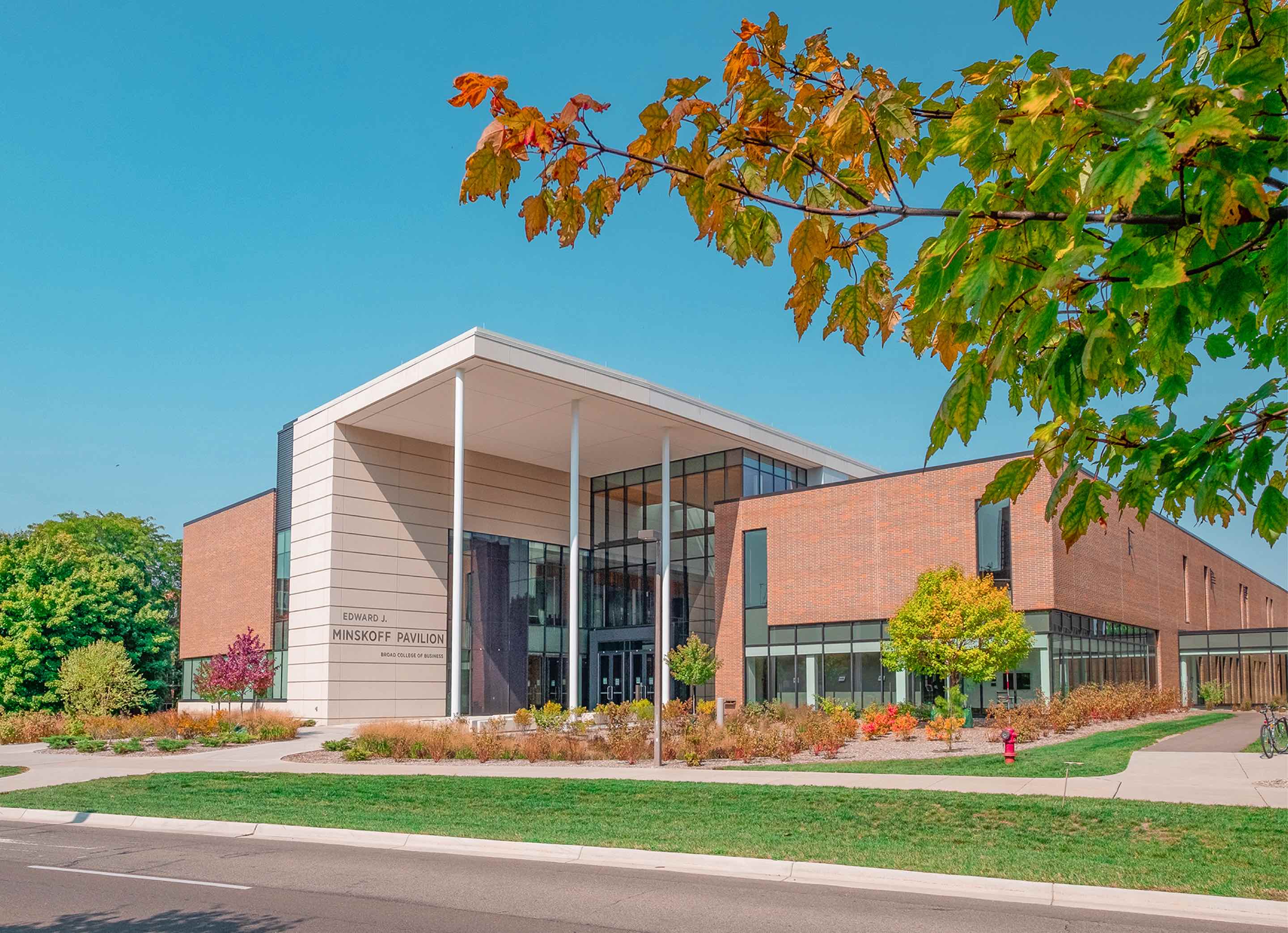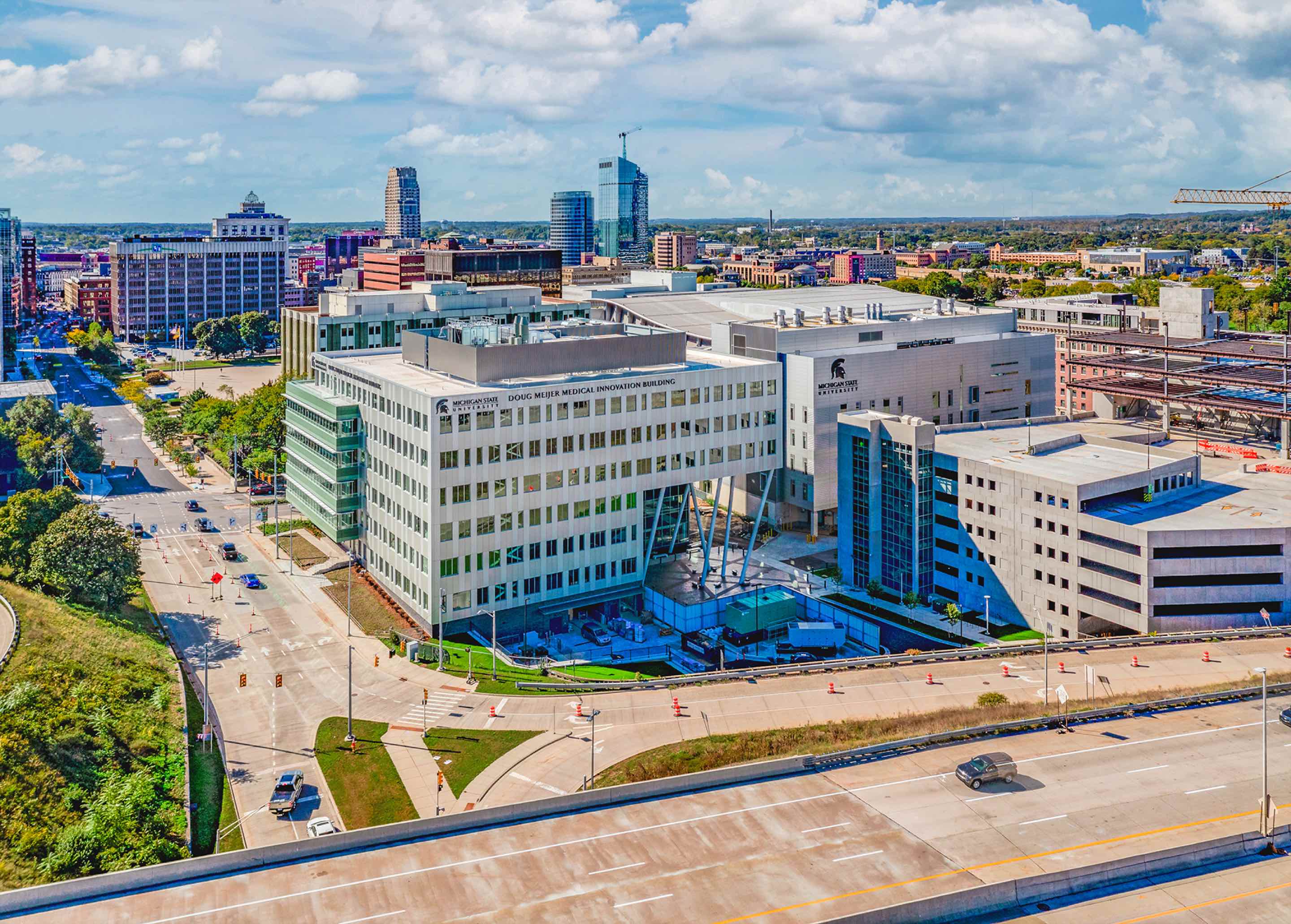Michigan State University is expanding its academic and research landscape on campus and beyond with new buildings and renovated spaces that point toward the MSU of the future. These facilities not only accommodate a growing student population and research enterprise, but they also provide spaces that put collaboration and innovation first.
Take a look at some of MSU’s recent additions.
Powering STEM education
MSU’s STEM Teaching and Learning Facility honors the past while looking toward the future as it serves students and faculty. Repurposing the historic Shaw Lane Power Plant and adding on an additional 100,000 square feet, this world-class facility empowers Spartans to embrace new ways of learning and innovating. Classrooms and laboratories support introductory courses for biological sciences, chemistry, computer science, physics and engineering.Built around the decommissioned power plant and incorporating elements like sustainable mass timber, the STEM Teaching and Learning Facility is an accessible and inclusive space filled with flexible classrooms and labs powered by the latest technology, creative collaborative and study spaces, a café and interactive art installation that all serve to prepare and inspire tomorrow’s STEM leaders.
